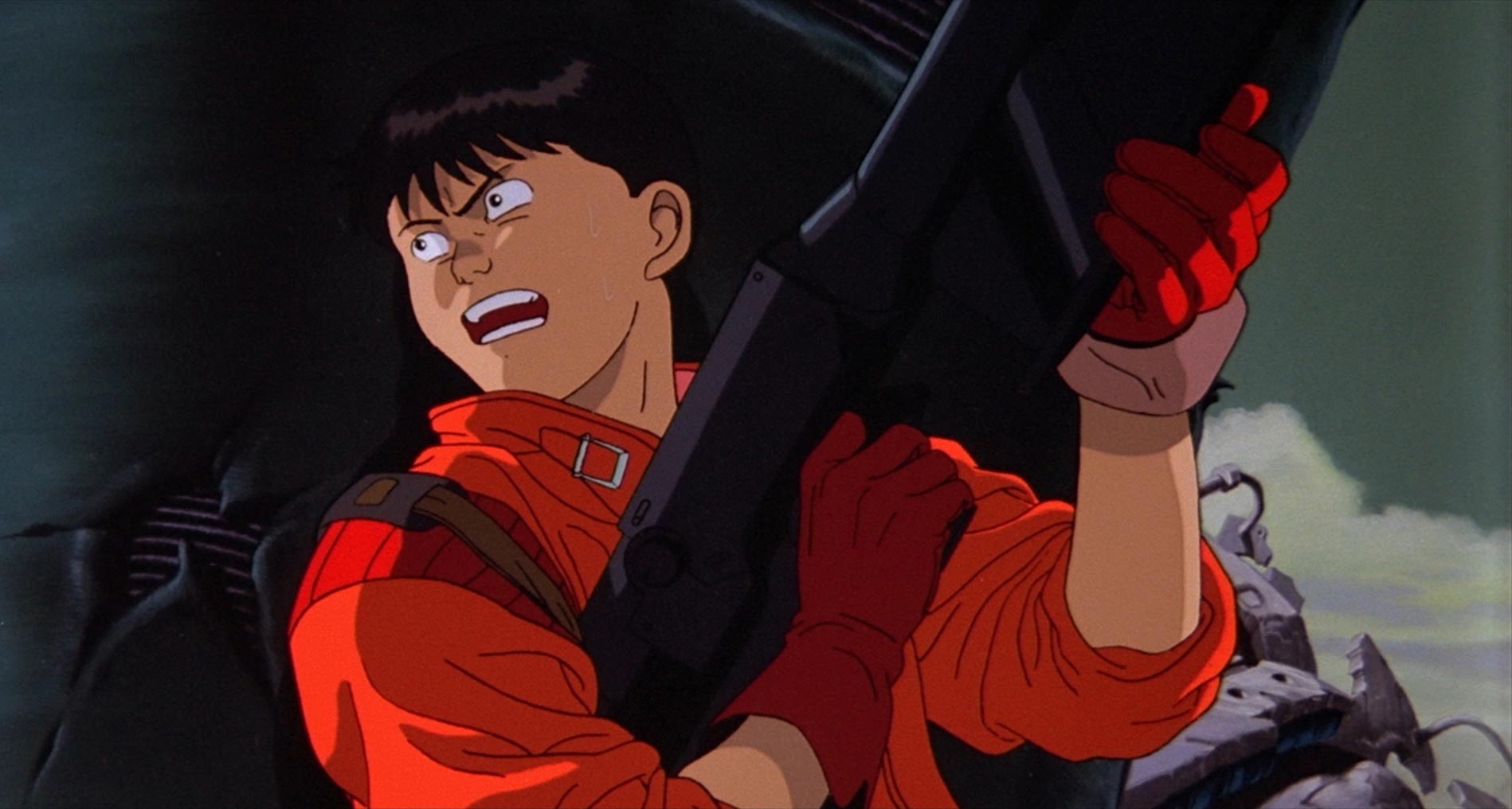
Evidently, the world of Japanese animation (anime) is dominated by mainstream productions, like the ones from Studio Ghibli, particularly when we are referring to movies and not series. However, inside this vast industry, some productions that could be easily characterized as cult could not be missing.
With a focus on diversity, as I tried to include titles that range from artistic to grotesque, here are the 15 I consider the best among them, in chronological order. Please note that movies that are part of an anime series were not included, since I consider them extended episodes rather than individual features, with the exception of “Fist of the North Star”, which I felt could not be missing from this list. Another exception has been made for “Violence Jack”, which, at 55 minutes, is barely considered a movie.
15. Belladonna of Sadness (Eiichi Yamamoto, 1973)
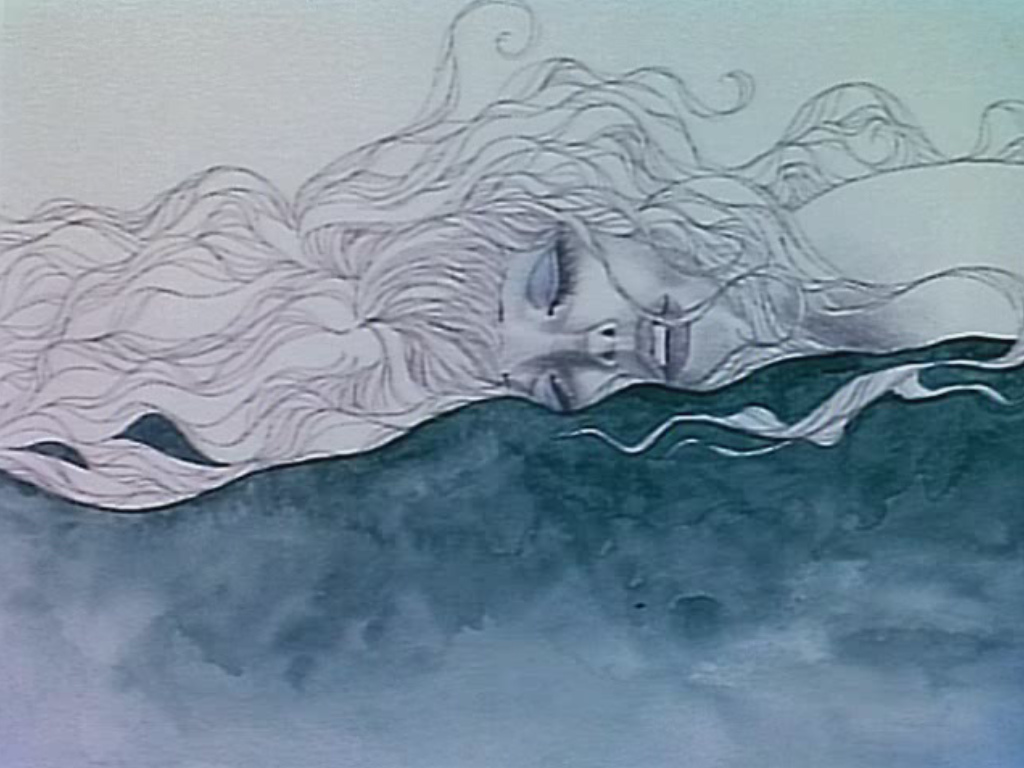
Mushi Productions, a company created and abandoned by Osamu Tezuka, (aka. “God of Manga”), produced the adult-themed anime “Belladonna of Sadness” in 1973. It was the final part of a trilogy named “Animerama”, a commercial failure that kept the title in anonymity for many years.
The script is based on Jules Michelet’s novel on the history of witchcraft, “La Sorciere”, which was published in 1862 in France.
The story revolves around a young couple named Jean and Jeanne, whose happiness ends during their wedding night, due to Droit du seigneur, a feudal law that allowed local lords to be the first to deflower the bride. That night, the local baron and possibly his lackeys rape Jeanne.
She and her husband try to forget what happened, but Jeanne is still tortured by the fact, which is personified as a demon of phallic form, who appears in her sleep. These memories have complicated results, since the demon does not only scare her, but also makes her feel pleasure. Furthermore, he encourages her to exact revenge from the baron, as he suggests that the only way to accomplish that is by making a deal with the Devil.
“Belladonna of Sadness” is the most serious and most avant-garde part of the trilogy, with the story unfolding chiefly through narration rather than dialogue, and with animation on top of static, panoramic paintings influenced by Art Nouveau artists such as Klimt and Beardsley, and Tarot illustrations.
The feast of colors becomes evident from the first second, as is the case with the attention to the detailed depiction of the characters and their surroundings. The overall design by Kuni Fukai is close to perfect, with each shot looking like an actual painting.
The animation by Gisaburo Sugii is of equal quality, as the movement seems like it flows from the static images, giving life to the paintings. His choices on what will remain static, when there will be motion, and how the outcome will remain natural are unmistakable.
14. Space Adventure Cobra (Osamu Dezaki, 1982)
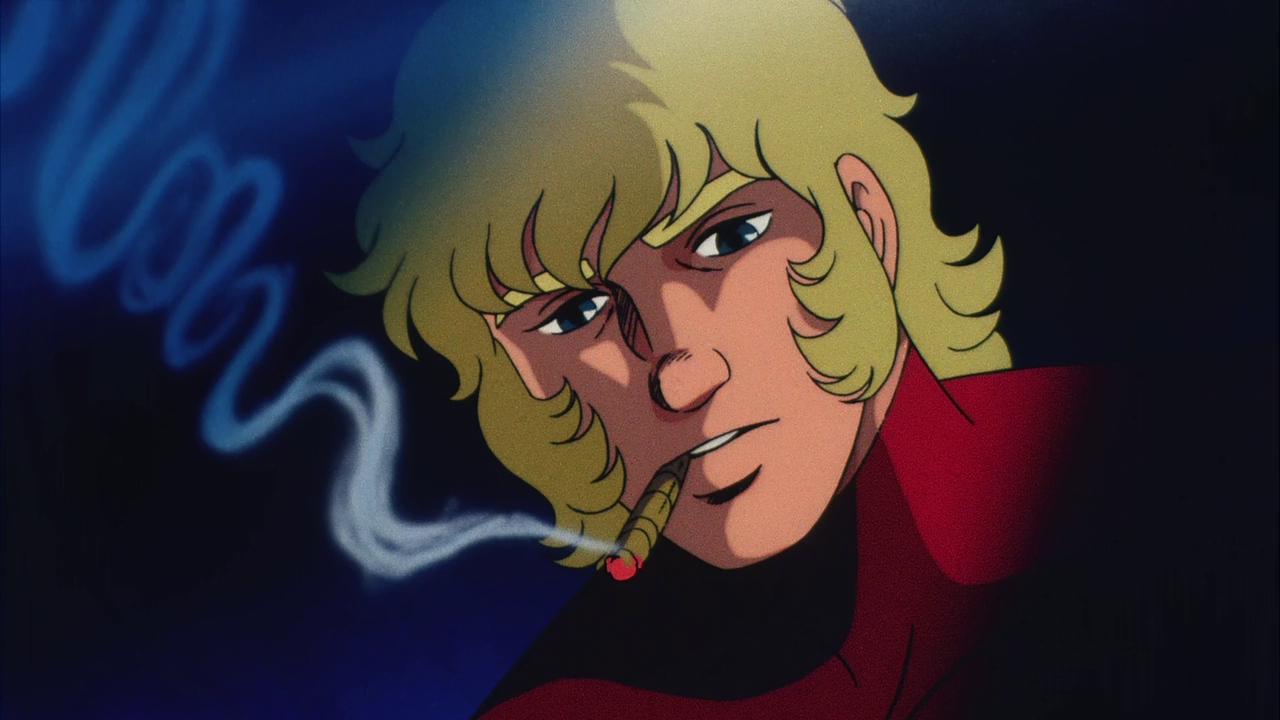
Based on the manga “Cobra” by Buichi Terasawa, the title draws its cult status from the general aesthetics that permeate the film, which are much reminiscent of the pulp science fiction that used to be popular in previous decades.
Cobra is a supposedly dead adventurer, with the greatest bounty on its head, in a universe ruled by criminal syndicates and the Justice Federation of United Galaxies, which has actually placed the bounty. After two years in hiatus, Cobra re-emerges due to an encounter with Jane, a bounty hunter, and sets with her and his android companion, Lady, to save her two lost sisters. On their heels, though, is a notorious villain named Crystal Boy.
Filled with nudity, abuse and gruesome murders, not to mention some completely out-of-place sequences, like the ones with the giant talking space baby and the fire horses that fly, “Space Adventure Cobra” is filled with elements that give it a distinctly cult essence in 80’s sci-fi fashion, where reason was not a prerequisite for any story.
13. Golgo 13: The Professional (Osamu Dezaki, 1983)
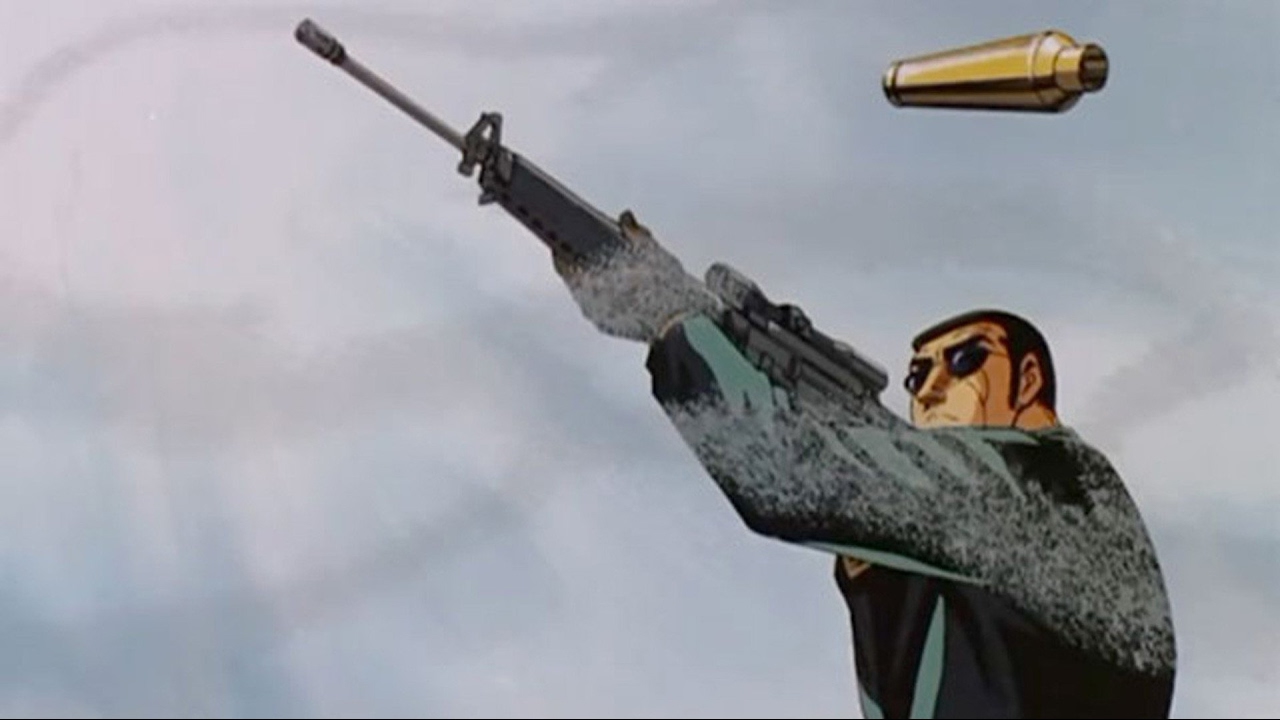
Based on the homonymous manga that is currently the oldest title still in publication, the animated film features Duke Togo, aka. Golgo 13 as its protagonist, a mixture of James Bond and the heroes of the cult films of Seijun Suzuki.
Golgo 13 is an assassin for hire who charges $1M for a hit on anyone, including world leaders, Mafia bosses and whoever he is tasked with, and has never failed an assignment. This time he kills Robert, the son of oil mogul Leonard Dawson, whose father was ready to hand him command of his empire. Leonard gets obsessed with revenge and starts throwing money to whomever he thinks can kill his son’s assassin. Soon, Golgo finds himself hunted from the CIA and the FBI, to a number of psychopaths.
Set as a 60’s gangster noir, “Golgo 13” looks like a violent version of “Branded to Kill”, although its comic roots are quite evident in both the camera and the editing, though in very stylish fashion. Add to that lots of nudity and huge amounts of blood, and you have a truly cult title in your hands.
12. Angel’s Egg (1985, Mamoru Oshii)
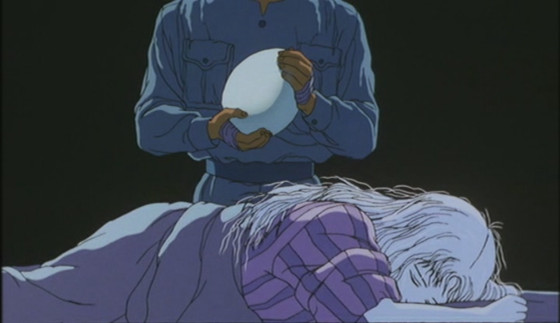
“Angel’s Egg” stands apart from the rest of the anime titles on the list for a number of reasons. For starters, it was released in home format, without prior showing on television or in theatres (the term is OVA). Secondly, it was a collaboration between two highly significant individuals of Japanese entertainment, Yoshitaka Amano (designer of “Final Fantasy” games, “Gatchaman”, “Vampire Hunter D”) and Mamoru Oshii (creator of “Ghost in the Shell”).
Lastly, featuring very little dialogue and retaining a surrealistic essence, it was vastly different from the regular productions of the time, and it was very hard to describe.
The story starts at sunset and ends at sunrise, and between these periods, two characters, a girl holding an enormous egg and a man who tries to win her trust, wander through an empty world. The rest of the film is more of a collage of impressive images and animation than an actual movie.
11. Vampire Hunter D (Toyoo Ashida, 1985)
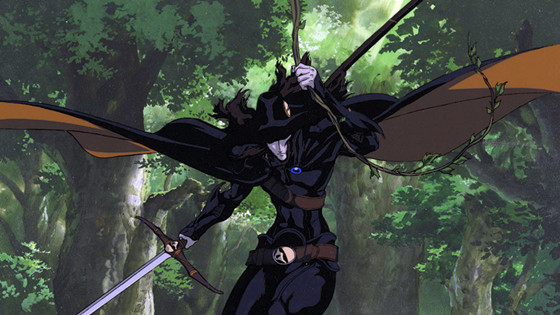
Based on the long-running, homonymous series of light novels by Hideyuki Kikuchi, this anime takes place in 12,090 AD, when vampires rule the planet. Count Magnus Lee, a 10,000-year-old vampire, has set his eyes upon Doris, a beautiful girl who lives in a village, aspiring to make her his bride.
In order to save herself, Doris promises herself to a mysterious being called D, in exchange for the death of Count Magnus. However, before D can achieve his goal, the Count succeeds in kidnapping her, thus resulting in D invading his castle.
One of the first anime films released outside Japan, “Vampire Hunter D” capitalized on the new at the time OVA (straight to video) format, to incorporate the graphic violence and horror themes that could not have skipped censorship otherwise.
Furthermore, it entailed a mixture of Western, gothic horror, and post-apocalyptic elements, targeting in that fashion the male teenager/adult category instead of family audiences, which was the case with anime up to that point. With Yoshitaka Amano (the “Final Fantasy” games) acting as character designer and Toyoo Ashida (“Fist of the North Star”) as also the animation director, “Vampire Hunter D” resulted in an artistic masterpiece of the grotesque.
10. Fist of the North Star (Toyoo Ashida, 1986)
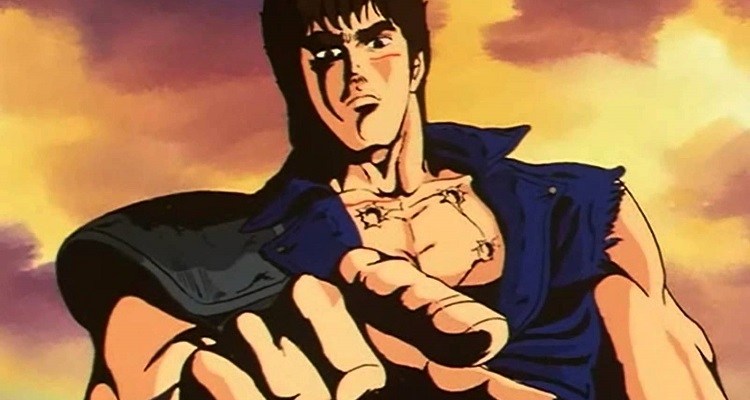
The movie adaptation of the series (anime and manga) took many liberties with the story, but retained all the violence of the manga, contrary to the series.
The story is as basic as possible. After losing his girlfriend, Julia, and almost his life to the Fist of the South Star, Ken is left alone in a dystopian version of Earth. As soon as he recovers, he sets out to find her.
Some subplots with other characters do exist, but their only purpose is to serve up the body-erupting action that seems to dominate the production. Mediocre design and an almost non-existent story, but tons of gore, with a hyperbole that borders on the ridiculous, result in a truly cult title, in glorious fashion. Just watch Ken tearing down skyscrapers with his fist and you will realize what I am talking about.
9. Wicked City (Yoshiaki Kawajiri, 1987)
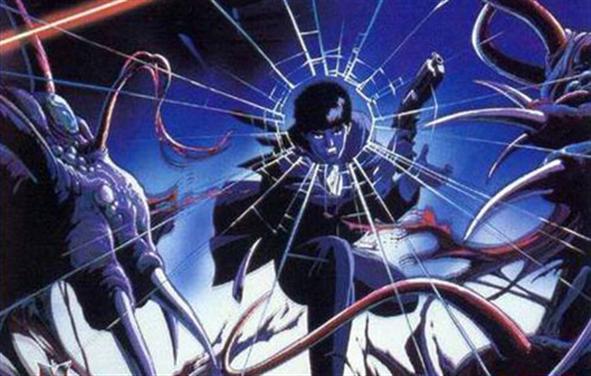
The film that initiated the notorious career of Yoshiaki Kawajiri (since “Lensman” was much more tame) is an anime that features a number of the elements that deem a film cult.
The story is set in an alternate world in the 90s, where a treaty between the humans, and the beasts and demons that inhabit a parallel dimension, has kept the peace between the two for 500 years. The treaty is to be renewed, but a faction from the beast world wants to stop this from happening, and is willing to go to extremes to achieve it. The protagonist of the anime is Taki, a Black Guard whose job is to protect against rogue monsters that infiltrate the human world, occasionally disguised as humans.
“Wicked City” is filled with exploitation elements, since sex, violence and the combination of the two are omnipresent, in a disturbing fashion that touches the borders of hentai. These tactics finds their highlights in the conception and depiction of the various monsters, with the one of a woman turning her body into a giant vagina being the most grotesque of all.